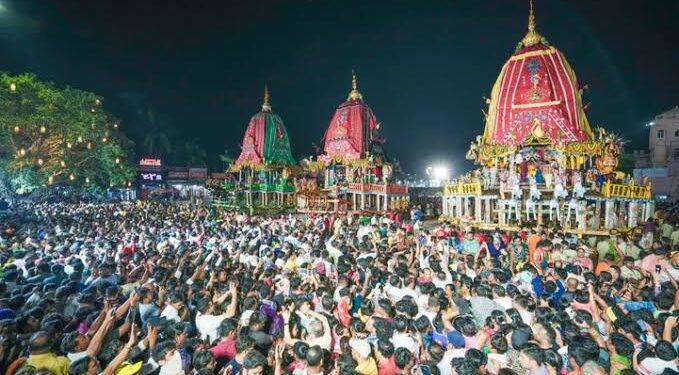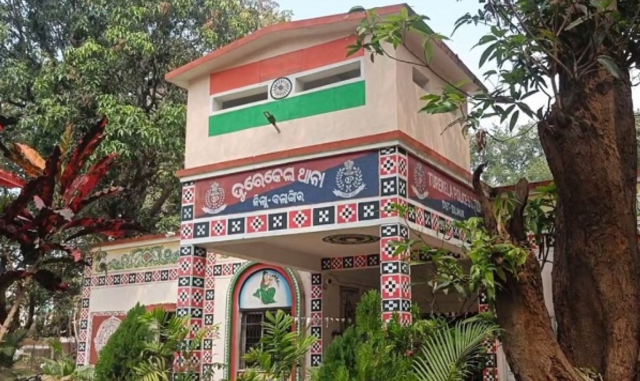A tragic stampede occurred in the early hours near Saradhabali, close to the Gundicha Temple in Puri, claiming the lives of at least three devotees and injuring more than 50 others.
The incident took place as large crowds gathered around the stationed chariots of Lord Jagannath, Lord Balabhadra, and Devi Subhadra, following the first day of the Rath Yatra.
According to eyewitness accounts, the situation spiraled out of control due to poor crowd management and lack of basic safety protocols. “There was no protection, no discipline, and no one present to guide or manage the crowd. People were pushing from all sides. I fell down and was almost trampled,” said an injured devotee, visibly shaken and receiving treatment at the district hospital.
The stampede is believed to have occurred when devotees tried to move closer to the chariots, stationed near the Gundicha Temple after day one of the Yatra. With lakhs of pilgrims converging on Puri for the annual event, the pressure of the crowd surged uncontrollably, especially in the early morning hours when security presence was relatively thin.
Emergency services were rushed to the spot, and injured devotees were taken to Puri District Headquarters Hospital, with some referred to SCB Medical College in Cuttack due to the severity of their injuries.
While the Odisha government had deployed a large contingent of police and Rapid Action Force (RAF) personnel, the incident has raised serious questions about the effectiveness of security arrangements and crowd control measures, particularly during critical chokepoints like Saradhabali.
In the aftermath of the tragedy, Chief Minister Mohan Majhi has expressed deep grief and assured a high-level inquiry into the matter. Compensation for the deceased and injured is also expected to be announced shortly.
The Rath Yatra, one of the largest religious gatherings in the world, continues to attract millions of devotees each year. The tragic incident has once again underscored the urgent need for better planning, real-time monitoring, and improved coordination among security, health, and civic agencies to prevent such avoidable disasters.




















